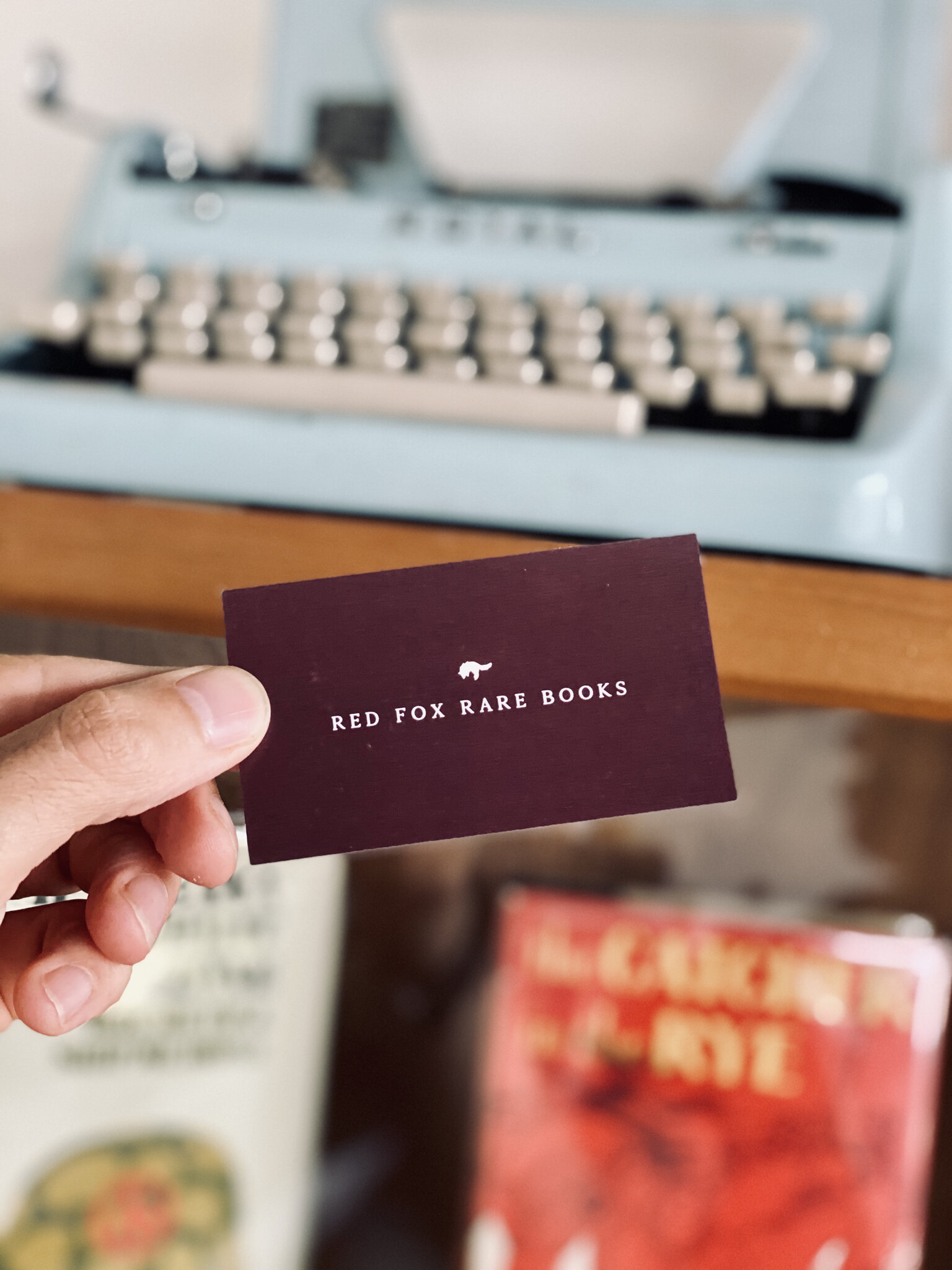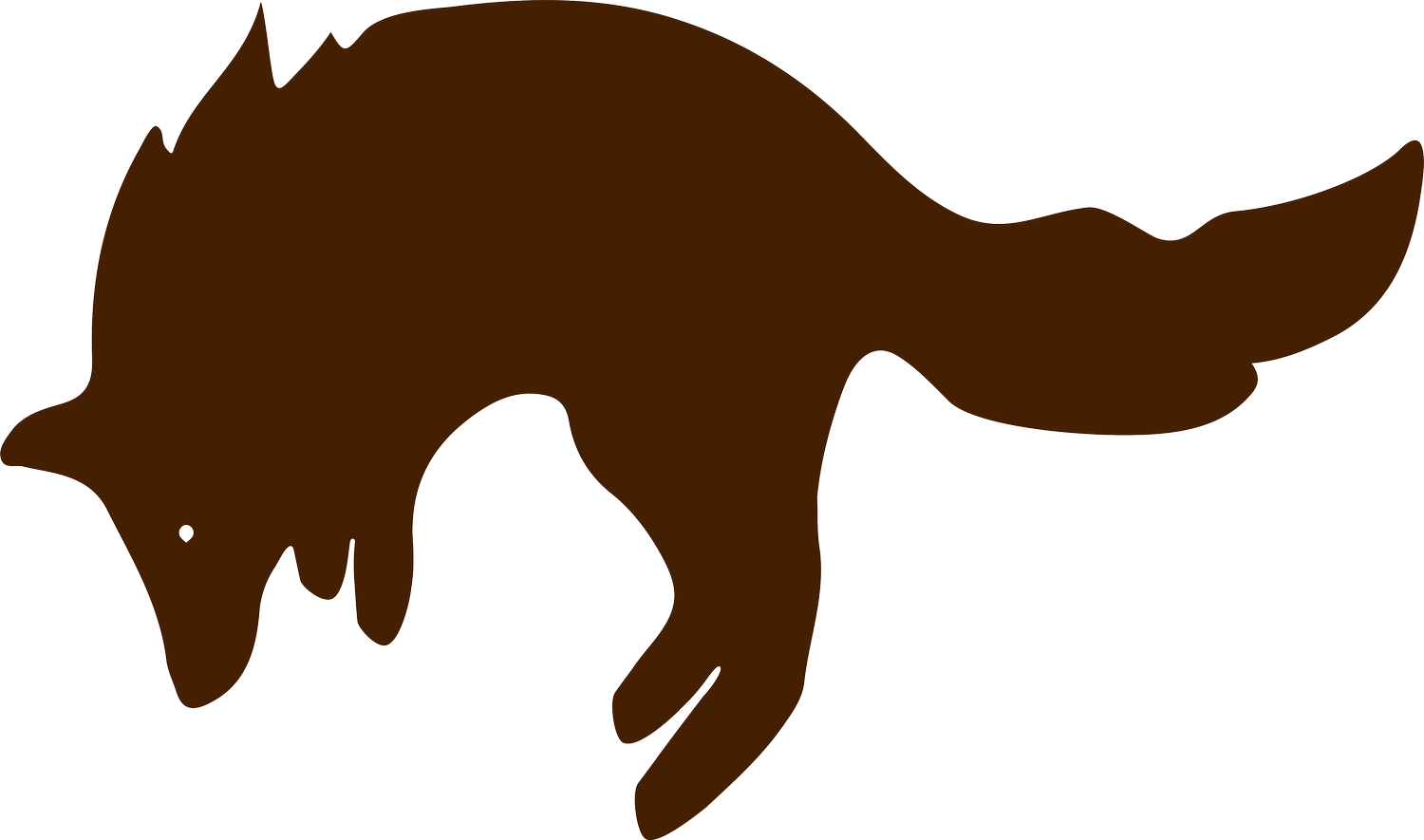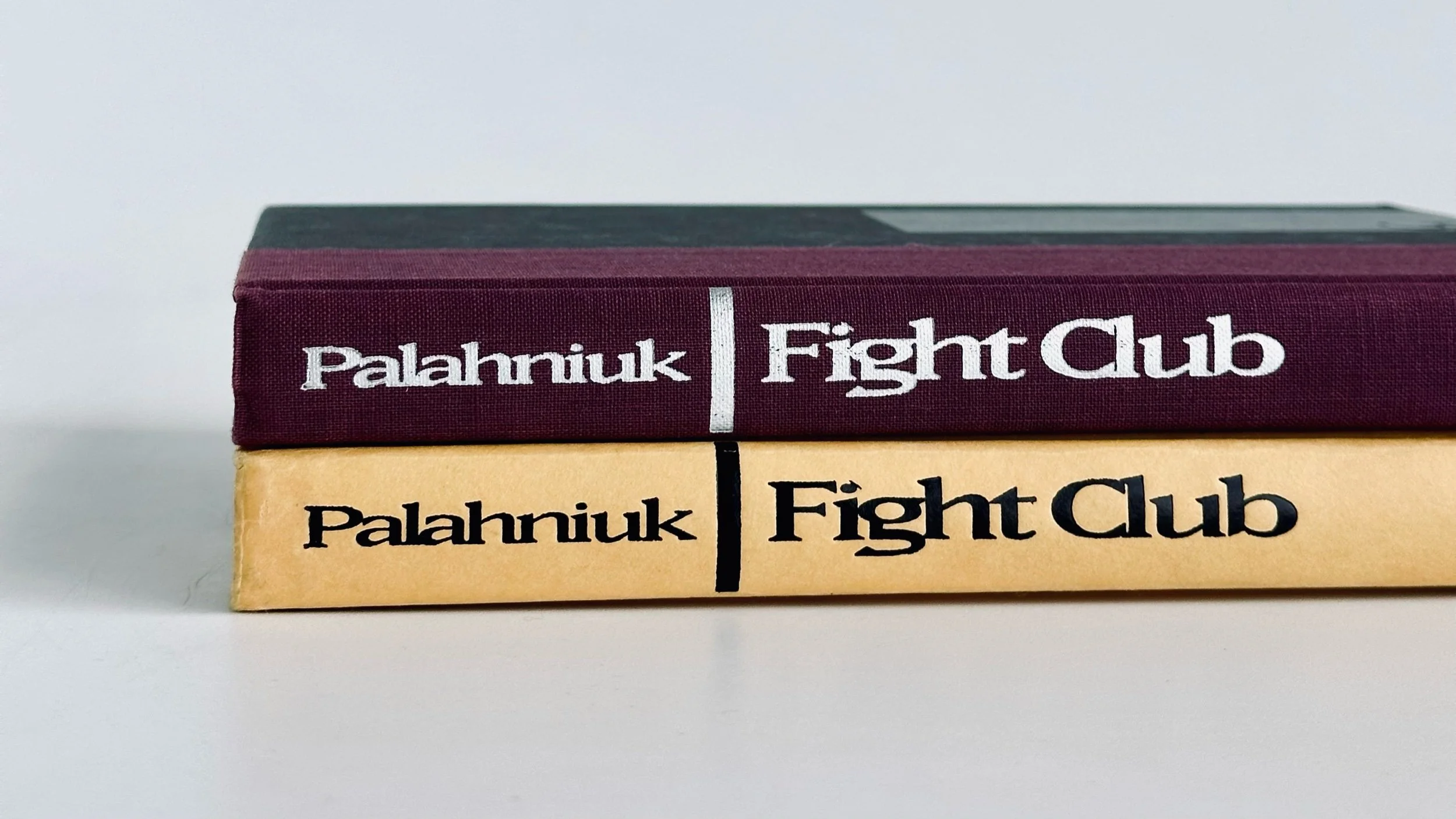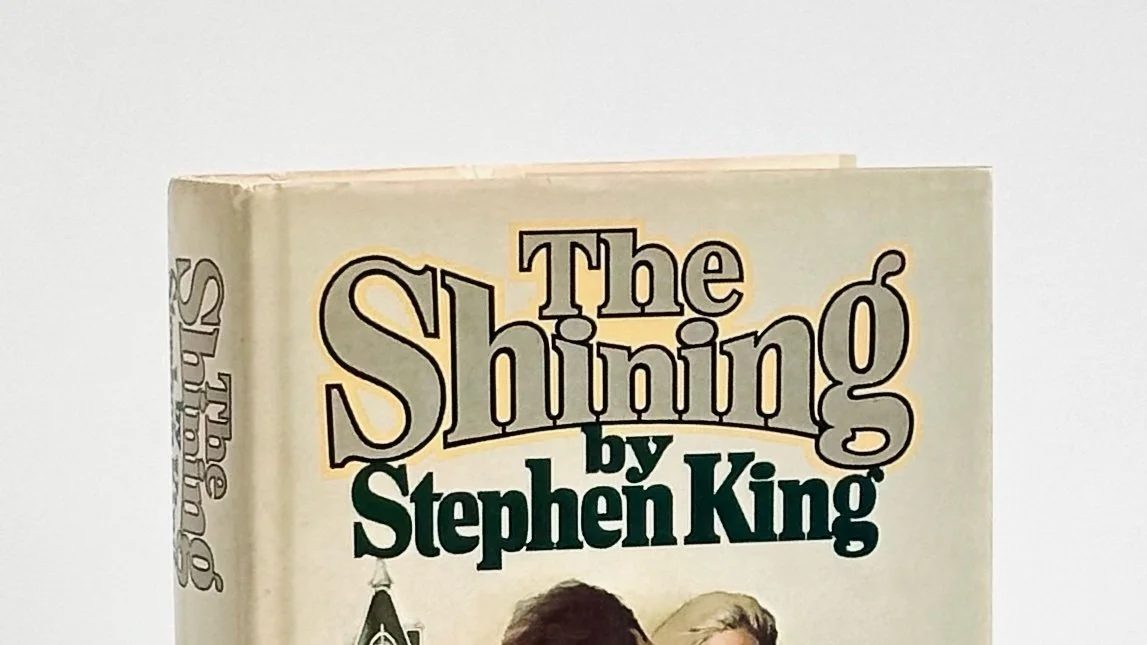The First Edition rule of Fight Club is…purple.
When Chuck Palahniuk's Fight Club was first published in 1996, it quickly became a cultural touchstone, resonating with readers who connected with its raw, unflinching exploration of modern disillusionment. Over the years, this seminal work has been released in numerous hardcover editions, each with unique features that appeal to collectors and fans alike.
Fight Club made its debut under the imprint of W.W. Norton & Company. The novel, Palahniuk's first, initially garnered modest attention but gradually gained a devoted readership. Its dark, provocative narrative centered on an unnamed protagonist and his charismatic alter-ego, Tyler Durden, challenging the conventions of contemporary consumer culture and masculinity.
Early print runs of the hardcover exhibit some variances that are of particular interest to bibliophiles: The first edition went through multiple print runs as demand for the book increased. Identifying the printing can be crucial for collectors, with first printings commanding higher value.
Let’s dive into the true first printing of Fight Club and examine the notable variances and editions of its hardcover format.
The Dust Jacket: The dust jacket price on the front flap should show the price of $21.00 USA. As a general rule, if the price on the flap is higher on another jacket, it’s assumed to be from a later printing (as prices tend to increase). Also, take notice to the bar code to the rear, as well as the W.W. Norton logo, as they did change with subsequent printings. The ISBN number is different on the “First Edition, Thus” yellow board variants.
The Hardcover: The obvious indicator for the first printing of Fight Club is the purple & black boards. Only the purple & black boards were used in the first print run. Confusingly, when W.W. Norton ordered another print run (the 2nd) of the book, they used the same full numberline of the first printing (1 2 3 4 5 6 7 8 9 0) but exchanged the purple boards with yellow & black boards. They also removed the silver stamping to the spine and the “CP” author’s initials blind stamped in black to the front panel. The yellow & black editions of the book are all subsequent printings, many printed years after the true first.
The publishers information pages are very similar for these two editions, but they are different. Although the term ‘First Edition’ is still used on both, take note to the bottom 2-5 lines on the later printing below, and compare it with the true first printing. The later printing shows a different London address, and an abbreviated, more modern website address for wwnorton.com, for starters.
3rd Printing.
1st Printing.
Collectibility and Market Value
The market value of Fight Club hardcovers can fluctuate based on factors such as condition, printing, and rarity. First editions, especially those in mint condition or signed by Palahniuk, can fetch high prices. Limited and anniversary editions also hold significant value, particularly among collectors who appreciate the book's cultural significance and the craftsmanship of these special releases. Signed true first edition copies of Fight Club in fine condition can fetch $1,000 or more.
From its modest beginnings to its establishment as a cultural icon, Fight Club has seen a fascinating evolution in its hardcover editions. Each version, from the initial print runs to luxurious limited editions, offers a unique piece of literary history. For fans and collectors, these variances represent more than just different physical forms—they encapsulate the enduring legacy of Chuck Palahniuk’s groundbreaking work. Whether you're a long-time aficionado or a new reader, the journey through the various hardcover editions of Fight Club provides a compelling glimpse into the world of modern literature and book collecting.









